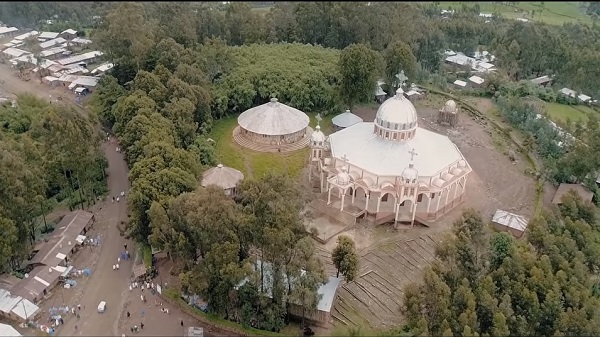
If you see a forest in Ethiopia, there’s probably a church in its center. These small but fertile oases are dotted across the country — some of the last remains of the tall natural forests
(ZME Science)–In Ethiopia, churches are surrounded by forests — a unique tradition which fosters a rich biodiversity and a special cultural environment. But now, this hallmark of Ethiopia is increasingly under threat.
Going to the church is always supposed to be a spiritual experience but in Ethiopia, it’s like stepping into a different world. Lush, green forests provide an unusual refuge from the arid landscape that’s so common in the country.
If you see a forest in Ethiopia, there’s probably a church in its center. These small but fertile oases are dotted across the country — some of the last remains of the tall natural forests which covered a third of the country but now have been reduced to under 4% of Ethiopia’s surface.
Ethiopia hosts over 100 million people, a growing population which shows no signs of slowing down. Around 80% of them live in rural areas and rely on subsistence farming. To feed them, many natural habitats were destroyed to make way for agriculture. Forests were the first to fall. The need for firewood was easily supplied by the invasive eucalyptus, which grows fast, and the rest of the forest was replaced with arable land.
But trees found an unexpected sanctuary: churches. Ethiopian Orthodox churches, which have served as cultural centers for centuries, are surrounded by forests. While they are small enclaves in a largely arid landscape, they provide several vital purposes. In addition to providing a space for spiritual activities, they also provide temperature and humidity regulation.
Read the complete story at ZME Science
——
See also:
- These “church forests” protect Ethiopia’s fragile landscapes
- Significant Step to Realize Ethiopia’s Ambitious Forest Restoration Plan
- Ethiopia launches 10-year National Forest Sector Development Program
- Ethiopia’s Majang Forest has been added to UNESCO’s World Network of Biosphere Reserves
- Climate change and deforestation are putting more than half of the world’s wild coffee species at risk, scientists said
